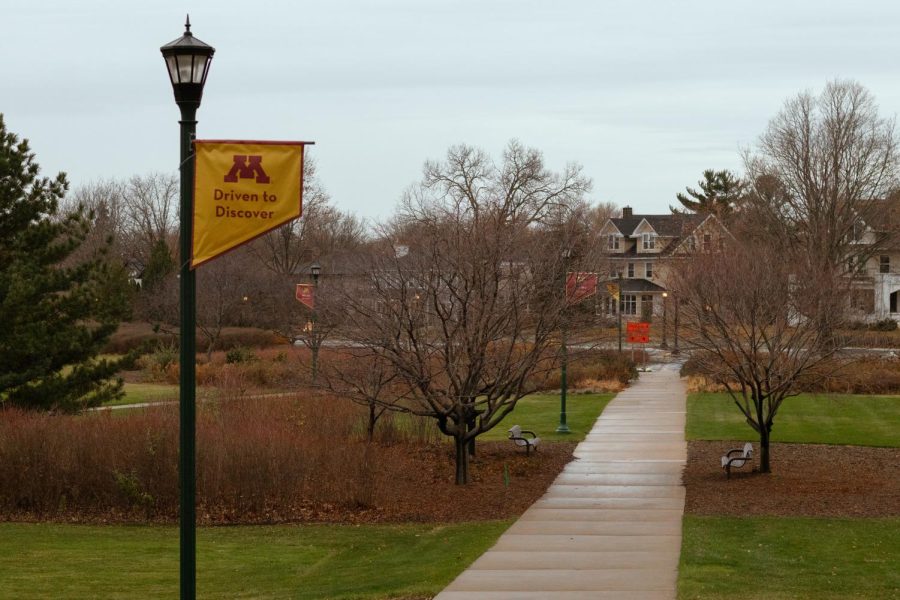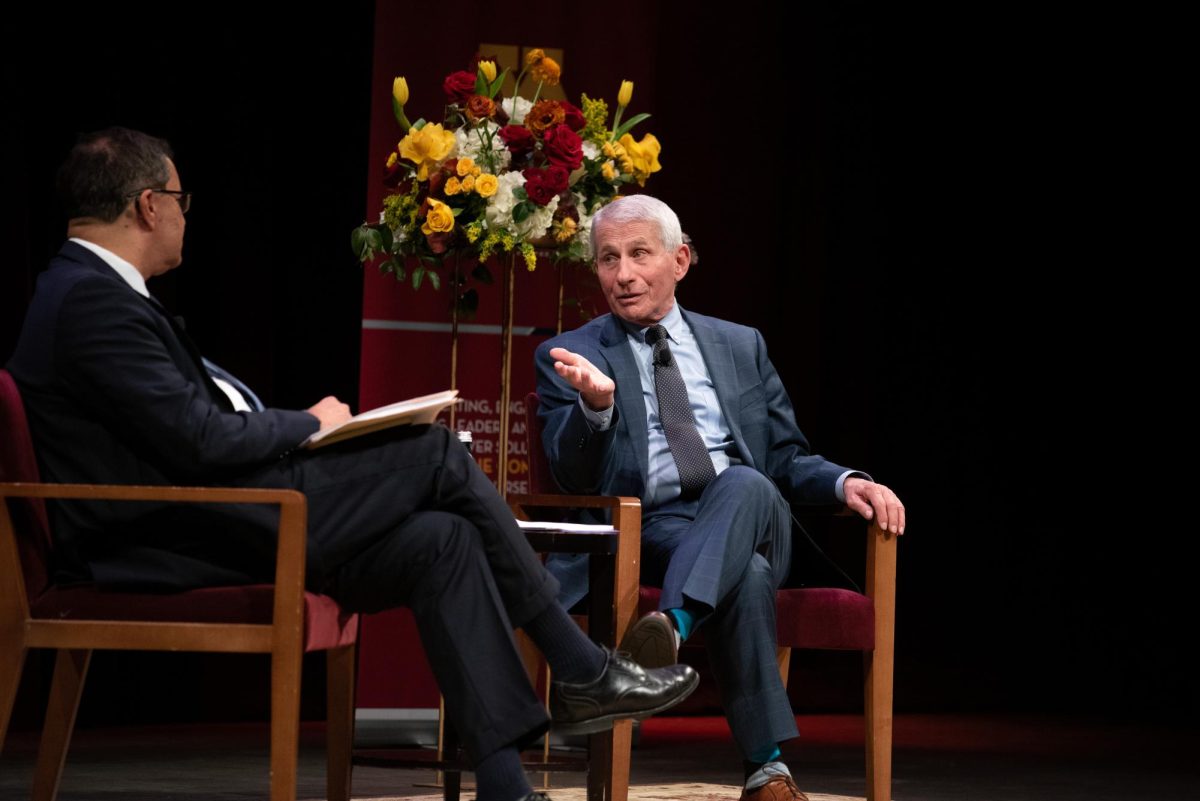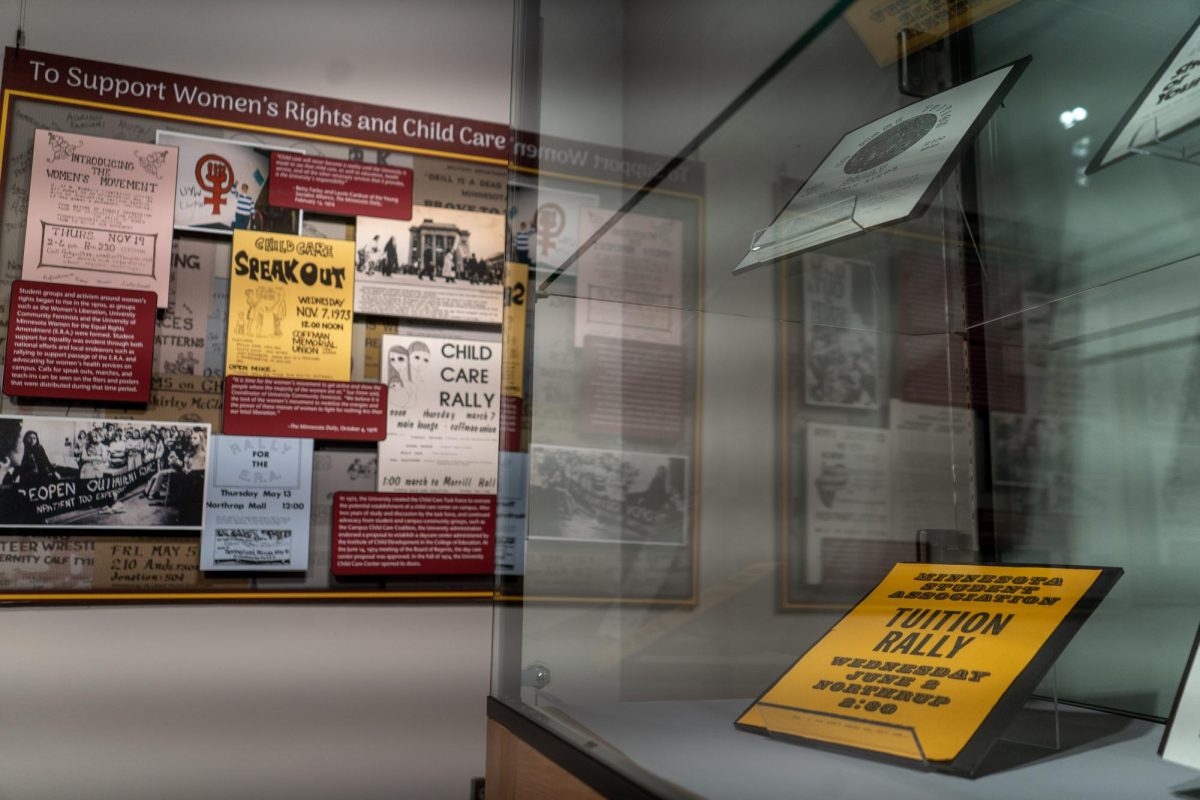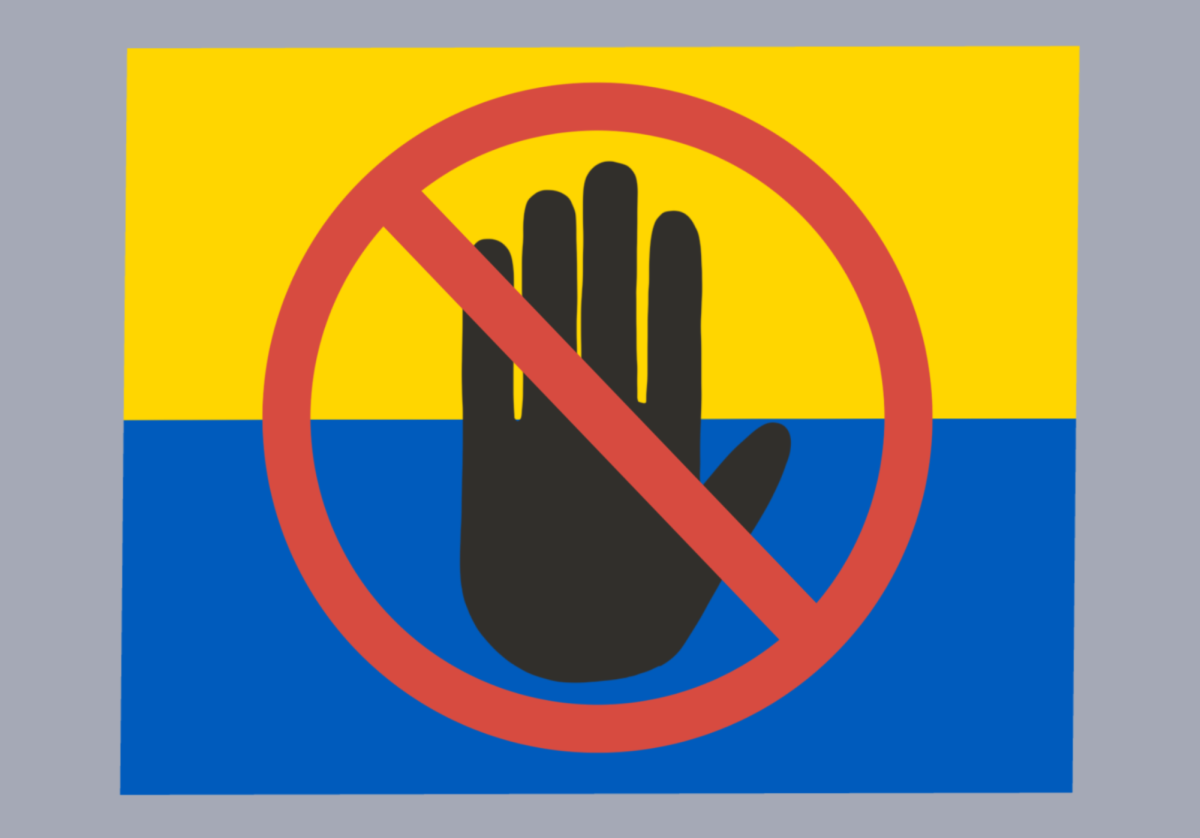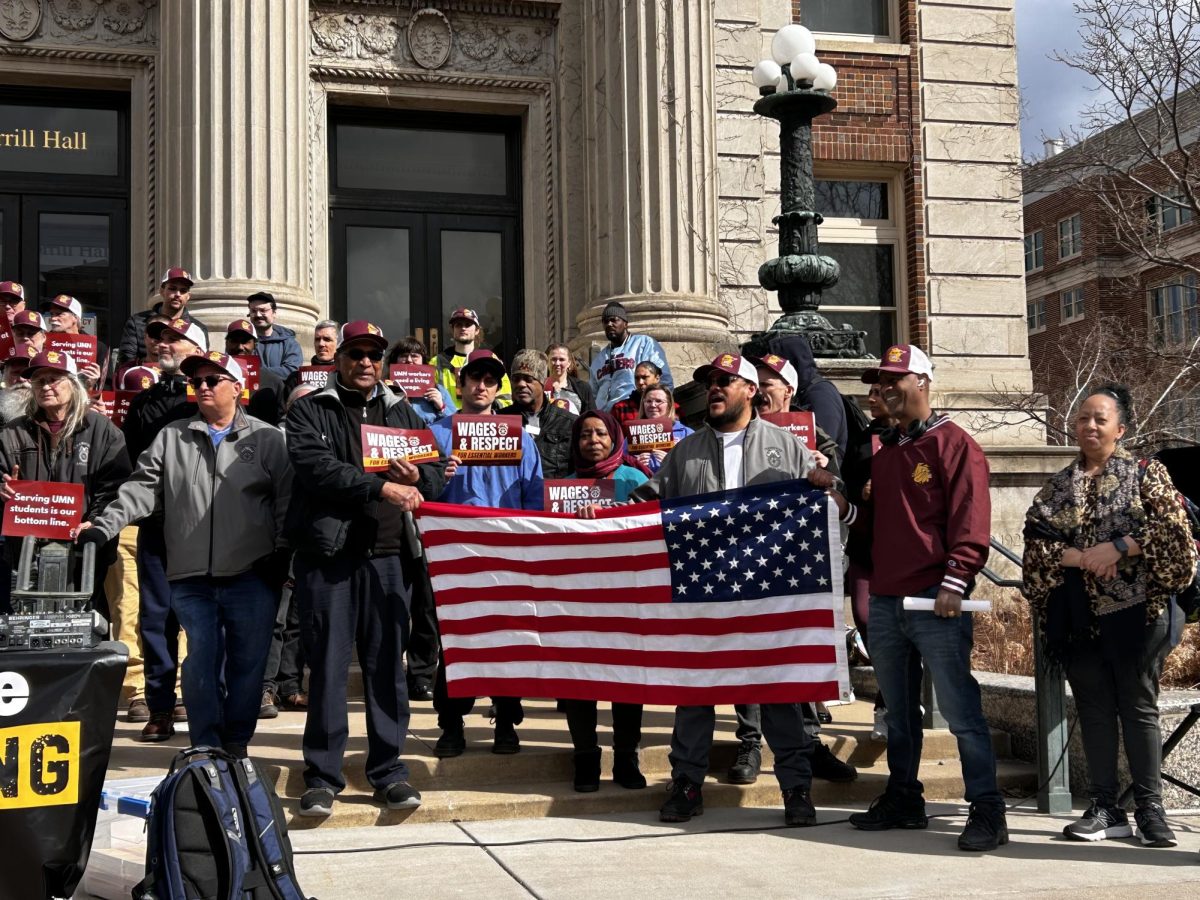On Oct. 25, several students heard the piercing sound of an alert from their phones. The first alert said, “Shelter in place – Homicide suspect at large described as 17-year-old white male.”
The alert indicated to take shelter for those in the Roseville area, about three miles away from the University of Minnesota’s St. Paul campus. The suspect was arrested and Ramsey County later announced the alert was sent out to a larger area than originally programmed.
After students and faculty received the initial alert, several professors decided to have their classes go into lockdown across the St. Paul and West Bank campuses.
One of those classrooms, located on the St. Paul campus, held Professor Diana Karwan’s Hydrology and Watershed Management class.
“When between 50 to 60 cell phones go off, you notice it,” Karwan said. “There was a lot of concern and confusion.”
The original alert only said the words “shelter in place,” so that is what Karwan’s lecture hall-sized class did.
The University campus security told students and faculty the alert was a hack without saying much else, leaving several feeling left in the dark and unprepared for possible future situations.
“Everyone was concerned and everyone was doing a good job of investigating by whatever means of communication they had,” Karwan said.
Student’s and faculty’s emotional responses
University protocol in the event of a lockdown is in the Emergency Operations Plan and Building Emergency Plans, according to a University email statement to the Minnesota Daily.
“The University has dedicated resources for addressing potential emerging threats to hopefully neutralize situations before they escalate,” said public relations Director Jake Ricker.
Karwan said she was frustrated with how the University handled the situation that happened on Oct 25., saying campus security did not help out students who called to get more answers on what was going on.
“When we initially heard there was a ‘shelter in place,’ we knew we needed to secure the room but realized we had no way of locking the room,” Karwan said.
Karwan said the students in her classroom tried to board up the classroom by placing University posters on the windows and moved the two tables that were able to be moved against the doors.
Within the first 15 minutes of receiving the alert, Karwan said they saw news of the murder suspect walking around the Falcon Heights area, which is where the St. Paul campus is located.
However, the University was telling a different story, according to Karwan.
“The student who called campus security was told that [the alert] was a hack,” Karwan said. “Campus security is saying ‘we don’t need to do anything,’ but I talked to them eventually and they agreed to lock our classroom.”
Preparedness at the University
In the earlier hours of receiving the alert, some classrooms said they were concerned that there was an active shooter on campus, leading to discussion of if students and faculty would feel prepared if that situation were to occur.
Fourth-year student Emily Ehlert and third-year student Abi Strand said the University has not adequately prepared students for a potential active shooter or other type of dangerous lockdown situation.
“We don’t do a lot of practice with that, and I’m not sure how I would react,” Ehlert said.
“Even in elementary school, we would do fire drills and bomb drills,” Strand said. “We don’t do any kind of drills now, so putting that into a basis would be helpful.”
Karwan echoed students’ frustrations with how the situation unfolded, saying as someone who teaches at the University, she had little to no information on how to make sure her classroom was secured or who to call.
“There was a lot of stress and emotion while this was all playing out because we didn’t know what was going on,” Karwan said.
Ricker said in the email statement that the buildings across all five University of Minnesota campuses have a Building Emergency Plan (BEP) that outlines the steps occupants should take during an emergency like an active shooter.
He also said the University has online training and the Department of Public Safety provides in-person training by request.
“There are campus-specific and department-specific examples of ongoing trainings as well, ranging from annual building evacuation drills to scheduled emergency response exercises,” Ricker said.
Despite having these trainings available, Karwan said she feels like teachers at K-12 schools in St. Paul “have a more well-understood way to go about dealing with this information” than she does teaching at the University.
While Minnesota state law requires that school districts conduct five active-shooter drills each year, the law doesn’t extend to the university level.
Karwan said she would like to see more resources available in classrooms to provide information to students on these situations, especially on how to lock the doors in classrooms.
“When you’re in the moment and anxious, you might not remember the phone number you would have to call for campus security,” Karwan said. “There needs to be easily accessible reminders.”
When asked if the University is actively thinking about the event of an active shooter situation, Ricker said, “Absolutely yes.”
“On the Twin Cities campus alone, we have held four exercises in the past eight months dealing with scenarios involving hostile intruders, active shooters or other emergency events,” Ricker said.
According to Ricker, the Department of Public Safety and Gopher Athletics each host an annual exercise on how to respond to an active shooter situation.


